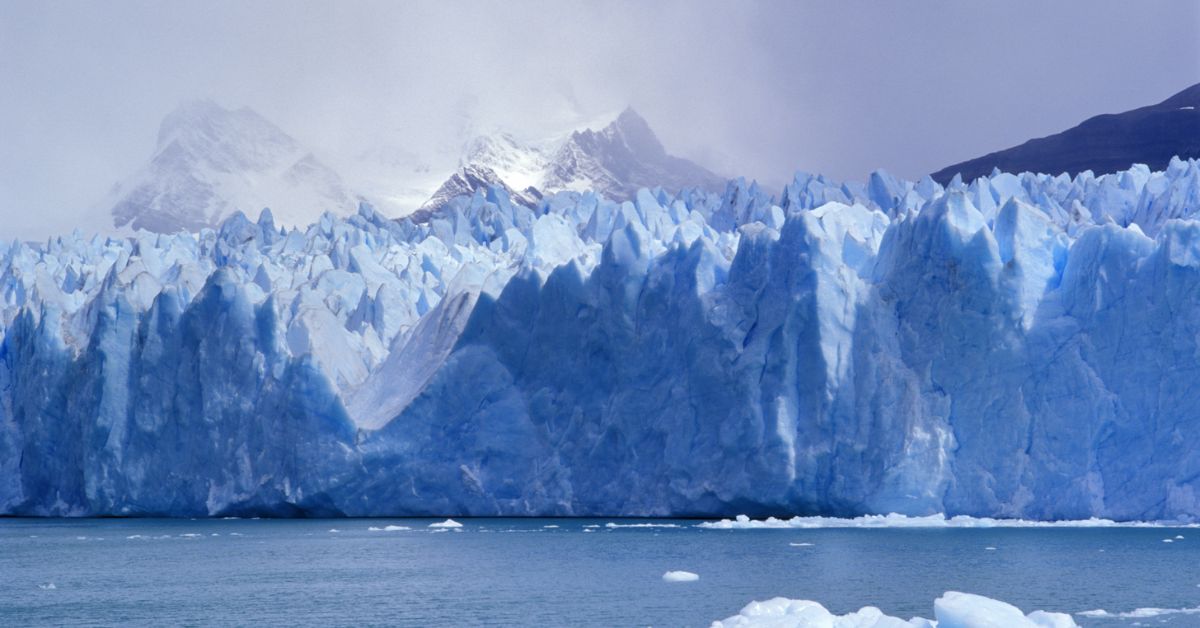As a result of climate change brought on by global warming, the polar ice caps are melting. We are losing sea ice in the Arctic at a pace of about 13% every decade, and in the past 30 years, the oldest and thickest ice in the Arctic has decreased by a staggering 95%. This is a very concerning trend.
In the summer of 2040, if emissions continue to rise unchecked, it is possible that the Arctic would be devoid of ice. However, events that take place in the Arctic do not remain confined to the Arctic. The melting of sea ice has far-reaching consequences all throughout the world.
1. Temperatures
Both the Arctic and the Antarctic are known as the “fridge” of the planet. They counteract the effects of other regions of the earth that are warmer because they are coated with white snow and ice, which reflect heat back into space. When there is less ice, there is less heat reflected back into space, which leads to more extreme heatwaves all across the world.
However, this will also result in harsher winters because the polar jet stream, which is a high-pressure wind that circles the Arctic region, will become more unstable as a result of the warmer air and will be more likely to descend southward, bringing with it extreme cold.
2. Coastal communities
Since the year 1900, there has been an increase of around 7–8 inches in the average global sea level, and the situation is only getting worse. Coastal cities and small island nations are put in risk when sea levels rise because it makes coastal flooding and storm surge even worse, which in turn makes dangerous weather occurrences much more dangerous. The rate of glacial melting of the Greenland ice sheet is a crucial factor in predicting future sea level rise; if it completely melts, global sea levels might rise by 20 feet.
3. Food
Significant harm is already being done to crops, which are an essential component of global food systems, by polar vortices, rising temperatures, and an increase in the unpredictability of the weather brought on by melting ice caps. You will continue to face increased prices as a result of this instability, while the most vulnerable people in the globe face ever-worsening crises.
4. Shipping
As the ice in the Arctic melts, new shipping routes are made available. These paths offer the possibility of saving time, but they are fraught with grave peril. Imagine if there were other shipwrecks or oil spills like the one caused by the Exxon Valdez in places that were unreachable to those responsible for rescue or cleanup.

More latest news:
- Police Say Eunice Dwumfour, A Councilwoman In New Jersey, Was Shot And Killed
- “More Than Half Of The Women In My Government Are Women,” Said President Biden
5. Wildlife
When there is less sea ice, creatures whose life depends on it will either have to adapt to new conditions or perish. Loss of ice and thawing permafrost spell difficulty for many different species, including polar bears, walruses, arctic foxes, snowy owls, and reindeer, amongst others.
In the event that they are harmed, not just people but also the various forms of life that are dependent on them will also suffer. As a result of the melting sea ice, wildlife in the Arctic is forced to look for new homes as their natural environment vanishes. As a result, people and animals are coming into closer proximity with one another, which often leads to conflict.
6. Permafrost
Large quantities of methane, a greenhouse gas that contributes to climate change, are stored in the permafrost and ice of the Arctic, both of which are described as being permanently frozen. When it thaws, the methane is released, which speeds up the rate at which the temperature is rising.
This, in turn, causes additional ice and permafrost to thaw or melt, which releases additional methane, which causes additional melting. As we continue to lose more ice at a faster rate and observe a more rapid melt of permafrost, we will begin to see the worst predictions regarding climate change come true.
If you discover an error, kindly let us know about it in the comments section so that we can correct it. If you enjoyed reading this post, please share your feedback with us in the comments box below. In addition, don’t forget to check back on our twitter frequently for the most recent information.

Leave a Reply